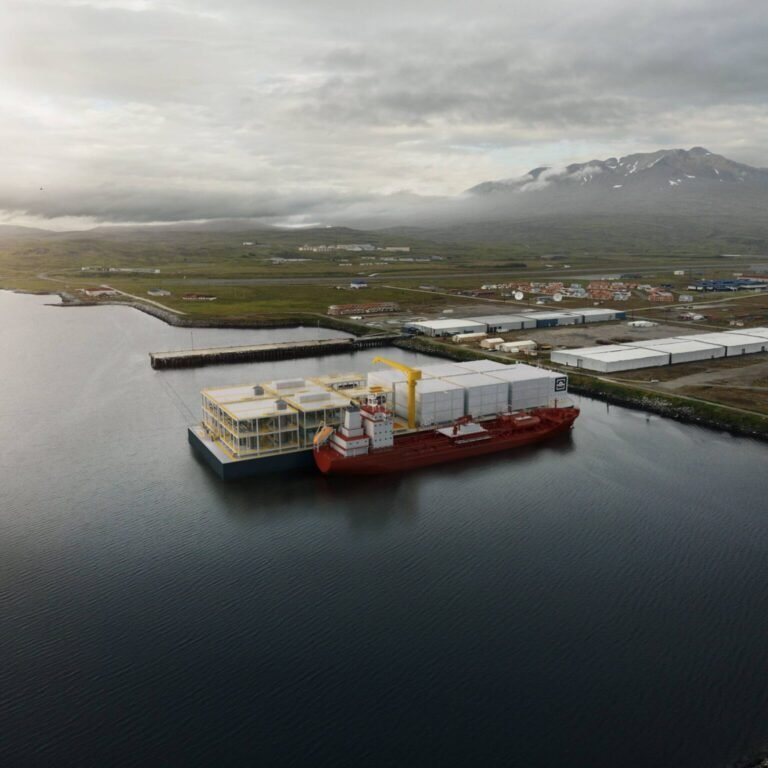Green Ammonia Production Facility Planned for Adak Island
Alaska-based energy company Pacific H2 has announced a partnership with Aleut, an Alaska Native regional corporation, to develop green ammonia production facilities on Adak Island. This project marks a significant investment in the Aleut region’s economy, aiming to produce about 200,000 tons per year of renewable ammonia for export.
The production of ammonia will take place onboard the P2XFloater, a floating production, storage, and offloading (FPSO) vessel developed by H2Carrier and approved by DNV. The FPSO method offers advantages such as lower construction costs and the flexibility to be relocated as needed to match demand or resource availability.
The P2XFloater will house on-deck PEM electrolyzers for hydrogen production and Haber Bosch equipment for ammonia production. The facility is planned to be powered by wind energy, with Pacific H2 leasing approximately 3,500 acres of land on Adak Island for the construction of onshore wind turbines and supporting infrastructure.
Adak Island, known as the ‘Birthplace of the Winds,’ is strategically located near the convergence of the Bering Sea and North Pacific Ocean. It boasts the United States’ westernmost ice-free deepwater port and is within a seven-day shipping radius of major Asian markets, making it an ideal location for this endeavor.
Construction of the facility is set to begin soon, with meteorological monitoring stations scheduled to be installed on Adak this summer to gather detailed wind data for turbine selection. The project’s timeline estimates a three-year construction period, with ammonia production and export operations expected to commence in the early 2030s.
The project is currently in the permitting and early development stages. Skoey Vergen, President and CEO of Aleut, expressed optimism about the project’s impact, stating, “This is a meaningful opportunity for Adak, for Alaska, and for the renewable energy industry. Pacific H2’s project brings global innovation to a local setting, opening the door for sustainable economic growth and long-term opportunities in the region.“

